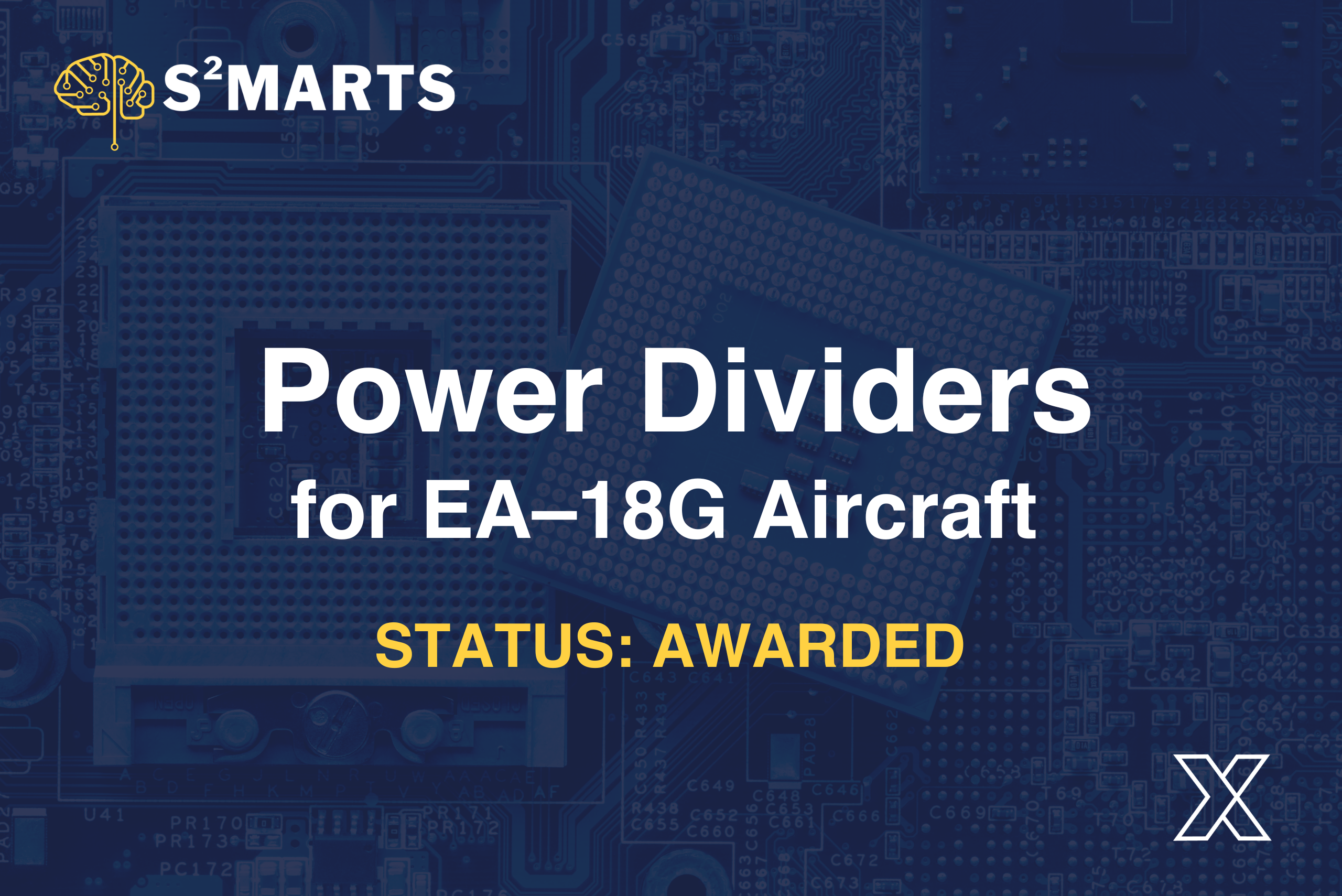What is SWaP-C?
October 20, 2022

SWaP-C is an equation that is essential to research and development. With applications across many of our opportunities, from STAMP to Microelectronics Commons, it’s important to understand what it means, why it matters, and why it is talked about so often.
SWaP-C is an acronym for size (S), weight (W), power (P), and cost (C). Originally, the acronym was just SWaP–size, weight, and power—that’s why there is an “a” between the “W” and the “P.” It soon became apparent that cost was also a huge factor, and the “C” was added.
SWaP-C is essentially about balancing. For new technologies, the desire is always to make them lighter, smaller, more powerful, and/or more affordable. Even if one or two of those criteria are met, it can justify recommending or requesting a new design. The goal would be to meet all four criteria, but it’s difficult, if not impossible to achieve. Thus, the balancing act, deciding how to meet the important aspects without sacrificing too much of the other components.
In many cases, output power and efficiency are the most important requirements. Often, SWaP-C requirements are at odds with each other, and the pursuit of performance comes at the expense of SWaP-C. During development, strategic trade-offs may need to be made to achieve a successful SWaP-C equation (size, weight, power, and cost). Ideally, companies should be capable of balancing all these requirements.
Through SWaP-C, system designs are becoming more modular and platform-centric, pushing semiconductor integration levels and device configurations further. GaN, CMOS, and SiGe technologies are well-suited to meet these goals, providing higher levels of integration, as well as improving efficiency.
A SWaP-C equation is well understood in the military and aerospace industries, and it is equally applicable in the IoT. There is a lot to be gained by integrating commercial technology with government technology. It does make things more difficult though. In addition to the size, weight, power, and cost constraints faced by military-display designers, commercial innovations must also work with legacy sensors and interfaces while adhering to a variety of open architectures and standards as well. Additionally, researchers are working on immersive display solutions for warfighters that incorporate augmented reality. With these sorts of designs, there is no room for latency, especially on the battlefield. The new designs must be just as rugged, just as reliable, and they also need to take up less space than older technology.
To meet SWaP-C requirements, systems were often designed dumb, especially since parts often needed to be replaced due to the extreme conditions military equipment operates in. Simple information with simple symbology, rather than complex systems. However, simple systems are becoming less and less useful as technology advances. The Warfighter must be able to keep up with the competition. Meeting SWaP-C requirements always involves tradeoffs. When the cost element is considered, other requirements may be relaxed. Computers with integrated displays help reduce costs. When cost drives decisions, managing the tradeoffs between power versus ruggedization becomes more challenging.
SWaP-C is integral to many opportunities with the DoD. Recent opportunities such as SHIP and STAMP highlight the need for increased SWaP-C effectiveness. “Lower SWaP and higher performance microelectronics is the way to close system capability gaps that could be a threat to our national security,” stated Dr. Crum during a recent STAMP Awareness Day webinar. Dr. Crum also explained that “the SHIP and STAMP ecosystem will decrease SWaP-C, increase performance, upgrade our current systems, all while providing the Warfighter a tactical advantage over our adversaries.”





